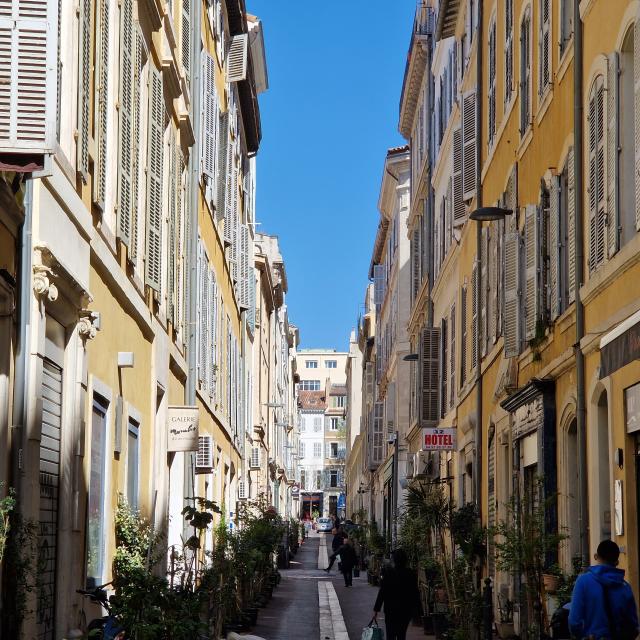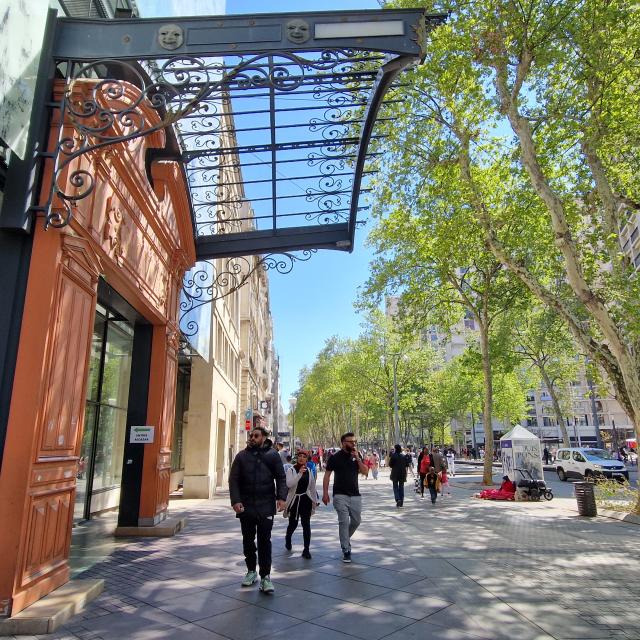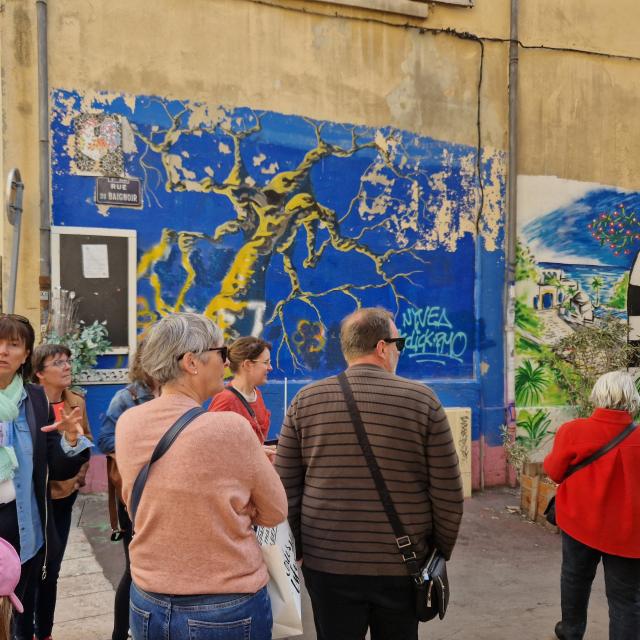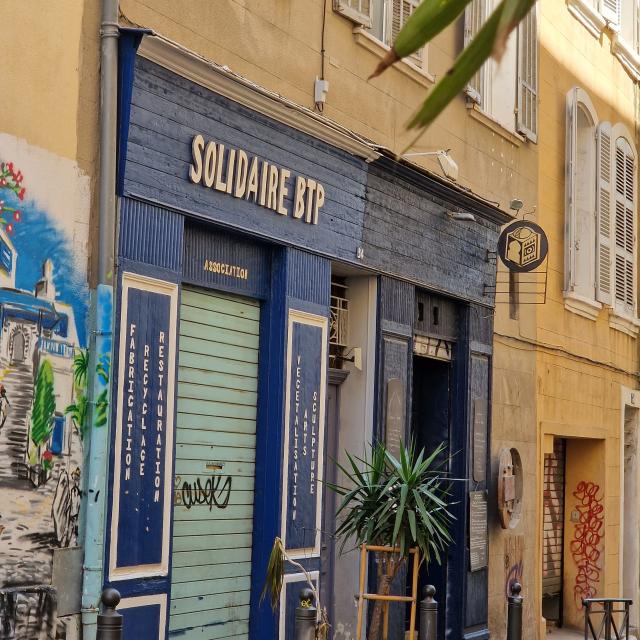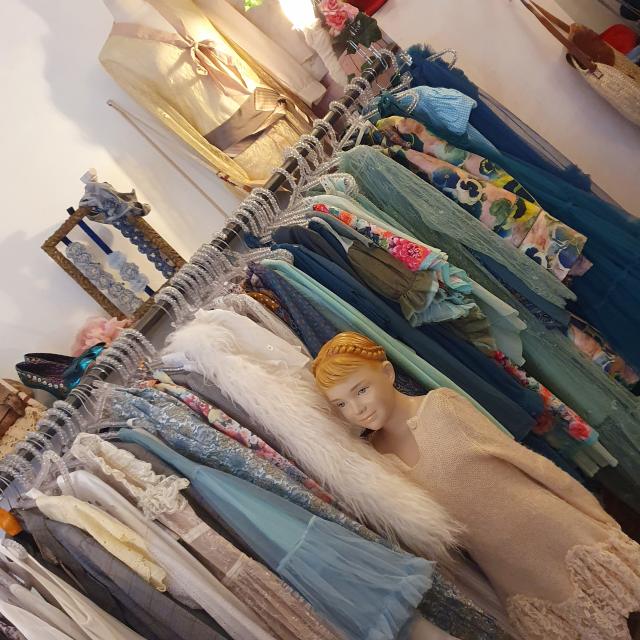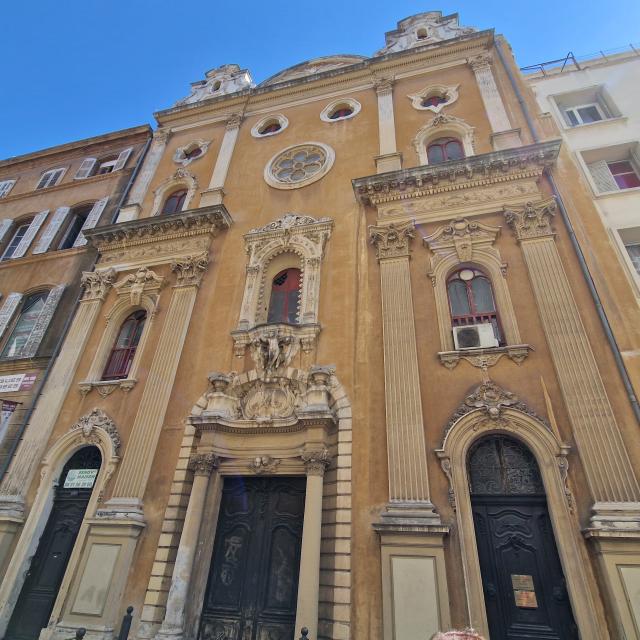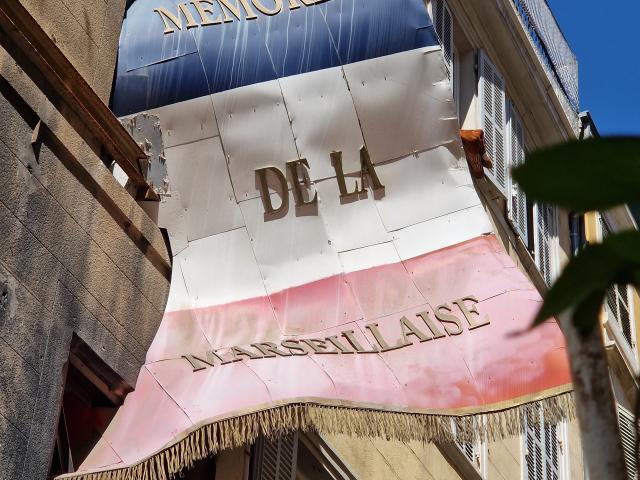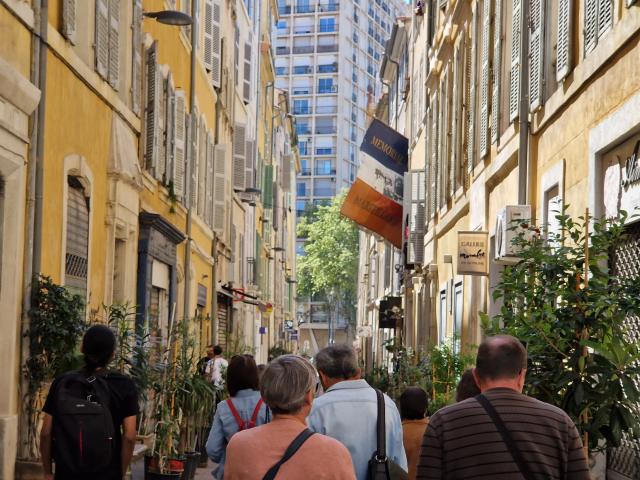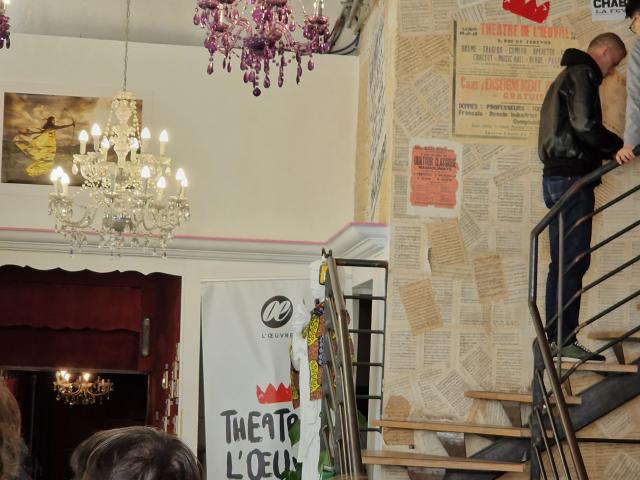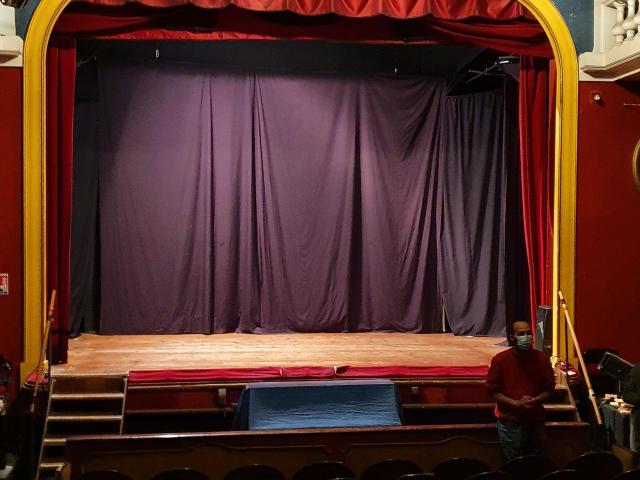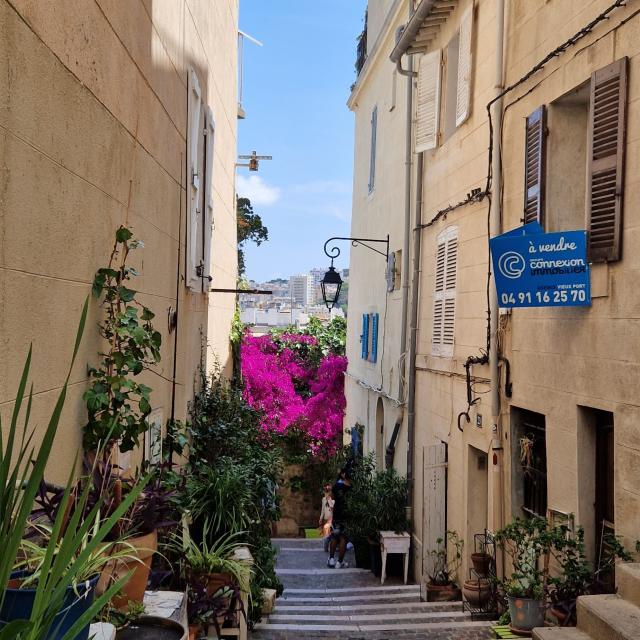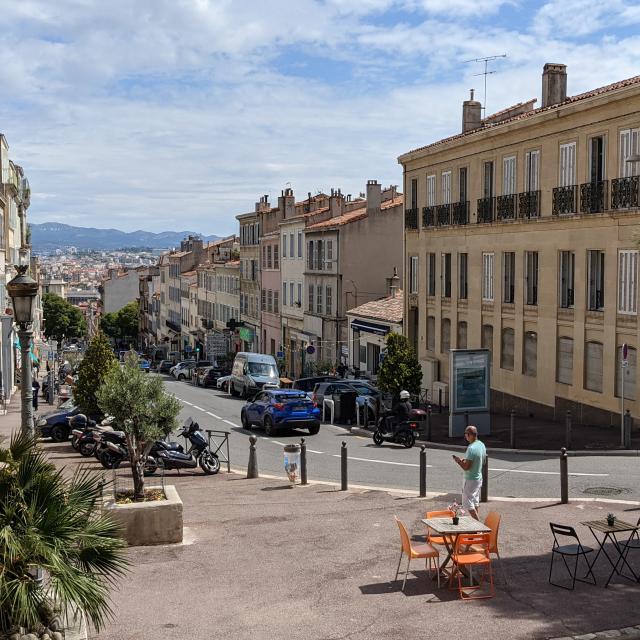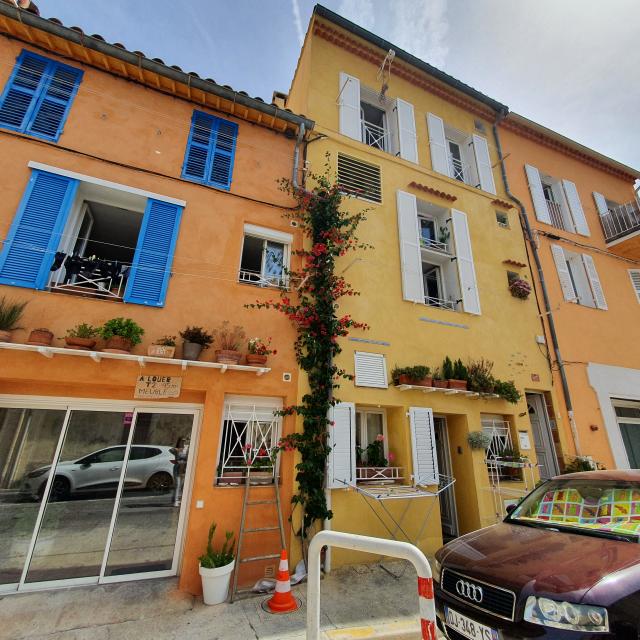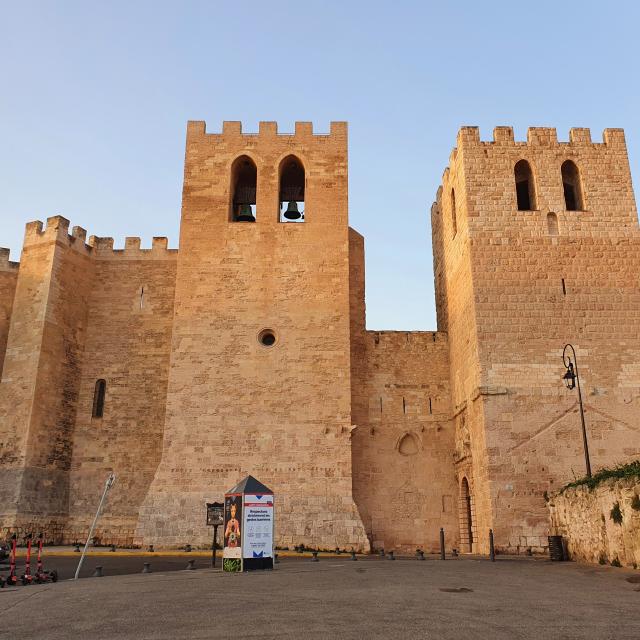A district little known to the people of Marseille
Belsunce and the bourgeoisie
We meet at 2.30pm in front of the Alcazar library, with its marquee listed as a Bâtiments de France building. Marie-Pierre, our guide, introduces the tour by going back over the history of Marseille and the different eras that have made the Belsunce district what it is today.
Until the end of the 18th century, Belsunce was a middle-class district of Marseille, where the aristocracy and the middle classes enjoyed strolling under the shade of the trees and the fountains. The beautiful facades of the 17th-century buildings overlooking us bear witness to this.
A district of many cultures
In the 20th century, Belsunce became a focal point for immigration to Marseille. Thousands of war refugees, particularly Armenians fleeing the genocide in 1915, fled to the district.
Since the 19th century, Marseille has been the economic and commercial heart of the region, particularly with its ironmongery and tile-making industries and, of course, its soap factories, which helped to develop the district… Today, you can find anything you want here! The wholesale industry, set up mainly by Asian populations, is still very much in evidence, particularly in the Rue Longue des Capucins, which runs from the Gare Saint-Charles to the Rue d’Aubagne in the Noailles district.

